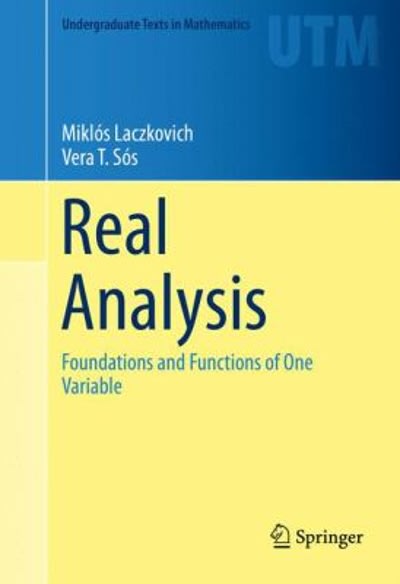Could you check my answer and if they are not correct answer then with an explanation please thanks so much.
Question 2: Roll a Die Twice (30 marks) Roll a fair dice twice. Let X be a discrete random variable representing the number of the first roll minus the number on the second roll; for example, if the first roll is 1 and second roll 2, then X(1, 2) =1 - 2 =-1. 1. Write down the sample space of the random variable X. (5 marks) 5= { (1,1) (1,2) (1,3) (1,4) (1,5) (1,6) X(1,1) = 1-1 =0 X(1 2) = 1-2 = -1 X(1,3) =1-3=-2 X(1,4) = 1-4= -3 X(1,5) = 1-5 = -4 X(1,6) = 1-6 =-5 (2,1) (2,2) (2,3) (2,4) (2,5) (2,6) X(2, 1) = 2-1 =1 X(2,2) = 2-2 =0 X(2,3) = 2-3 = -1 X(2,4) = 2-4= -2 X(2,5) = 2-5 =-3 x(2,6) = 2-6 = -4 (3,1) (3,2) (3,3) (3,4) (3,5) (3,6) X/3,1) = 3-1 =2 X(3,2) =3-2=1 X(3,3) = 3-3 =0 X(3,4) = 3-4 = -1 X(3,5) = 3-5 =-2 X(3,6) = 3-6 =-3 (4,1) (4,2) (4.3) (4,4) (4,5) (4,6) X(4, 1) = 4-1 =3 X(4,2) = 4-2 = 2 X(4,3) = 4-3 =1 X(4,4) = 4-4 =0 X(4,5) = 4-5 =-1 X/4,6) = 4-6 = -2 (5,1) (5,2) (5,3) (5,4) (5,5) (5,6) X(5,1) = 5-1 =4 X(5,2) = 5-2 =3 *(5,3) = 5-3 = 2 X(5,4) =5-4 =1 X(5,5) = 5-5 = 0 X(5,6) = 5-6 = -1 (6,1) (6,2) (6,3) (6,4) (6,5) (6,6) X/6,1) = 6-1 =5 X(6,2) = 6-2 =4 X(6,3) = 6-3 =3 X(6,4) = 6-4 =2 X(6,5) = 6-5 = 1 X 6,6) = 6-6 =02. Create a table for the probability mass function p(x) of X. (5 marks) e.g, X(1, 2) = 1- 2 = -1, so X can take any value from -5, ..-5. For the probability moss function The PMF for all discrete random variables X is in the range from -5 to 5, in regards to number representation at Question 2 ( X(1,2) = 1-2 = -1). Therefore: P(X = -5) = $1.6H = 36 P(X = -4) = 151 = P(X = -3) = 1.4). (2,5).13,631 ISI = 36 ... until 5. P(X= -5)= H(1,D)]I I 36 P(X=-4) = 1(1.2) . (2, 1) )I 2 ISI 36 P(X = - 3) = 1 ( 1,3) . ( 2,3). (3, 1) )1 3 ISI 36 P(X= - 2) = 1[( 1.4) . ( 2,3) . ( 3,2) . (4, 1) )1 4 ISI 36 P(X= - 1) = 1[ ( 1.5) . ( 2,4) . (3,3) . ( 4,2) . ( 5, 1) )I 5 LSI 36 P(X=0) - (1.6) . (2,5), (3,4) . ( 4,3) . ( 5,2) . ( 6, 1) ]1 6 LSI 36P(X=1)=- 1{ ( 2.6) . (3.5) . ( 4.4) . (5.3) . (6.2) ]1 5 ISI 36 P(X= 2) = 1( 3.6) . ( 4.5) . (5.4). (6.3) ]I 4 LSI 36 P(X =3) = 1 (4.6) . (5.5) . (6,4) ]1 3 LSI 36 P(X =4) = 1 (5,6) . (6.5) ]1 2 LSI 36 P(X=5) =- 1(6.6) 11 1 LSI 36 X -5 -4 -3 -2 -1 1 3 5 1/36 2/36 3/36 4/36 5/36 6/36 5/36 4/36 3/36 2/36 1/36 Py(x) 3. Find the cumulative distribution function CDF, F (x), for X and plot it against the values of x. (10 marks) The CDF is given by FX (x) = P(X 5 x) Therefore: Fx (x) = P(X x) = 0ifx












